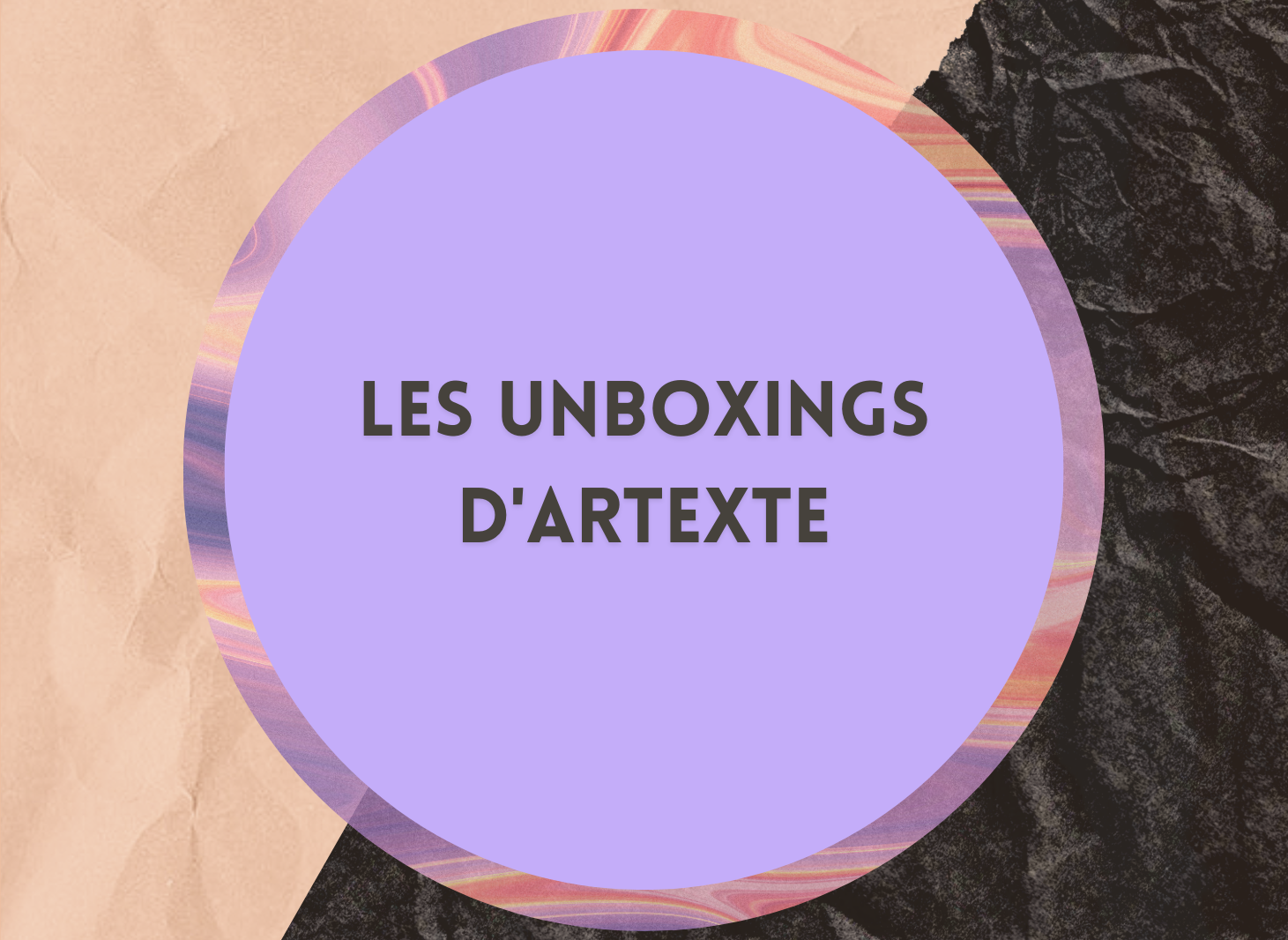Last November, when I began to immerse myself in the Artexte stacks for the first time since joining the team back in the haunting era of March 2020, I was curious to approach it laterally, through a method of chance inquiry. One observation that has rung true in my daily life throughout this pandemic is sensing the loss of randomness. Our exposure to serendipitous or accidental events and occurrences through our movement in time and space has been severely diminished. How does this change affect our psyche and the way we metabolize reality? I decided to orchestrate a chance encounter by way of this unboxing.
In starting a creative or research process, I often consult classic divination tools such as the poet Hafez’ Divān and the I Ching as well as more contemporary apparatuses, like the Magic 8-Ball and Brian Eno’s Oblique Strategies, as generative prompts. This natural instinct immediately had me see the opportunity to approach the Artexte collection as a monumental deck of possible discoveries. Giving myself some focus, I chose one section of the collection: the files on Canadian artists which are organized under the 410 code.
I cut out the alphabet and picked the letters P, A and J at random which would determine the beginning of the last name of the artist I came to find: 410 – Pajala, Marie-Anne. Summoning this artist, who I did not know and who I was not able to locate since, has been full of gratifying mystery and revelation. Her file contained a single item: an 8 by 7 cm photocopied artist book full of surreal poetic musings dating back to 1997.
It could not have been more relevant to my own state of mind and longing for obscure poetry. The themes and tone of the 18-page poem reverberated the state of melancholy I was in last fall as I made its discovery.
“Shifting to sleep
without transition
falling abruptly
into the middle
of a dream” [1]
Tiohtia:ke/Montreal has had a few notable recent artistic examples using randomness and chance as prima materia. I’m thinking of Janet Cardiff and Georges Bures Miller’s “The Poetry Machine” (2017) presented in the context of the Musée d’art contemporain’s exhibition, Leonard Cohen: A Crack in Everything (2017-2018). The artist-duo programmed each key of a vintage Wurlitzer organ with a poem from Cohen’s Book of Longing. When a sitter would press the keys, the singer’s deep voice immersed the entire room into a piece from his poetry collection. And when many keys would be pressed simultaneously or in a sequence, Cohen’s utterances intermingled into a transcendental score.
For the 2017 edition of Concordia’s undergraduate student-run art festival, Art Matters, artist, photographer, designer and organizer Edwin Isford co-curated the exhibition xxxxxxxx*8 alongside the random number-generating website RANDOM.org at the Popop Gallery in the Belgo Building. The exhibition grouped eight artists (Melany Arsenault, Belote, Chris Dake-Outhet, Cindy Hill, Tina Lam, Gabrielle Verrette Paquette, Maybe Silvan, and Emma Francis Wallace) from a pool of artist proposals that Isford subjected to a multi-step randomized selection process, through which their identities were kept anonymous, in an attempt to address and lessen the hierarchy that exists between artists and curators, all while striving for aesthetic unity and feasibility.
This unboxing process was a very gratifying foray into Artexte as a collection of infinite treasures and possibilities and into my own research process. I hope this video and text will find their way back to Marie-Anne Pajala.
— Mojeanne Behzadi

